#Scabbard
Text

Robe sword and scabbard 1802-03
In 1799 a new system of government, led by three Consuls, was introduced in France. Napoleon was elected First Consul. A sword of this pattern was provided to each of them, although this one is of a later date and must have been a replacement for the original. It was acquired by George IV with a certificate swearing that it had belonged to Napoleon himself.
#sword#swords#scabbard#scabbards#windsor castle#versailles#napoleonic#napoléon#napoleon#napoleon bonaparte#napoléon bonaparte#france#french
189 notes
·
View notes
Photo
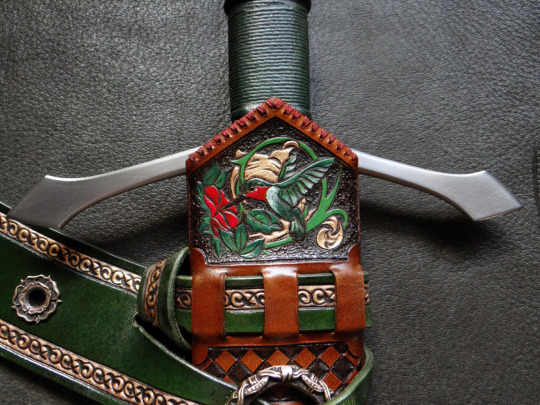
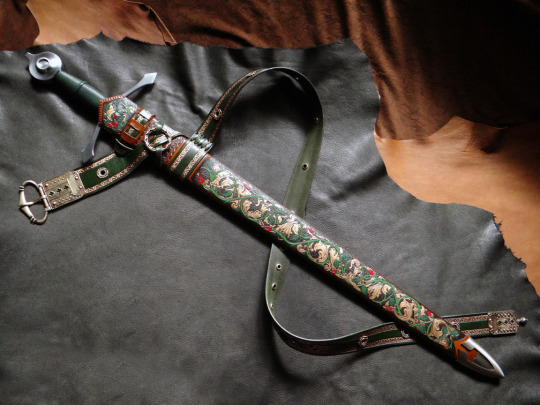

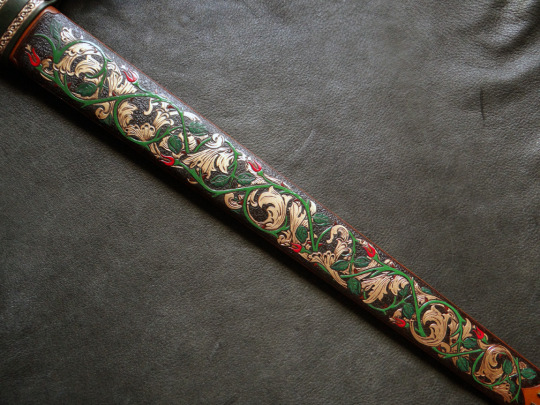
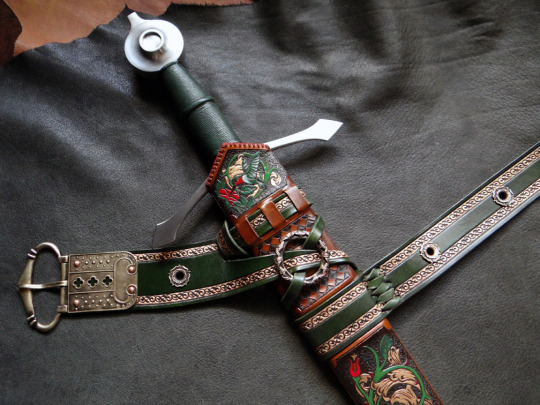

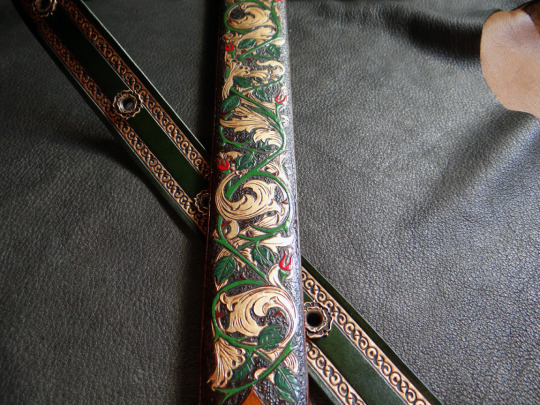

A recently completed scabbard commission for the Albion Laird.
3K notes
·
View notes
Text
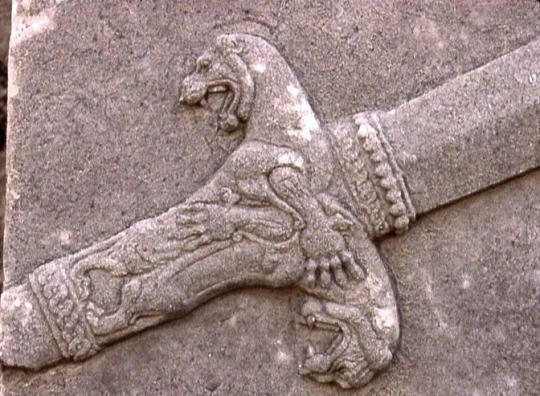
Assyrian relief sculpture of a decorated scabbard with lions.
233 notes
·
View notes
Text
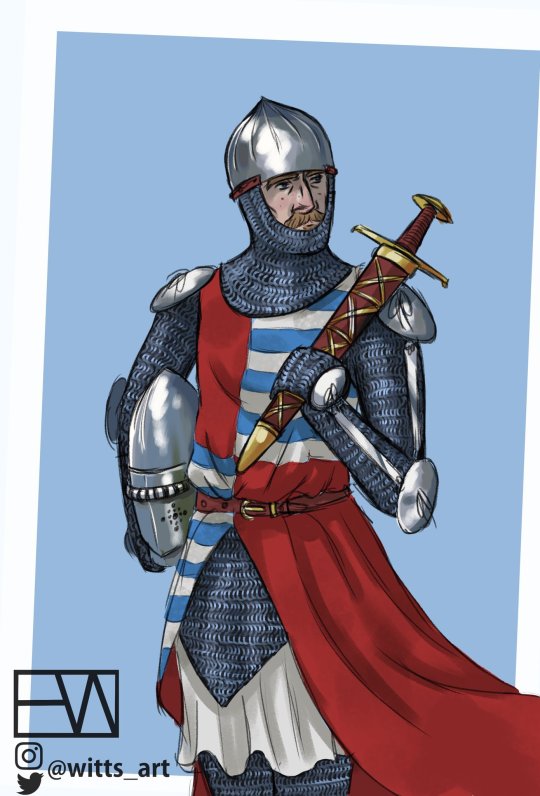
Knight, by Witt
#knight#chivalry#plate armour#longsword#cavalier#knights#arming sword#sword#maille#bascinet#helmet#surcoat#heraldry#scabbard
103 notes
·
View notes
Text
can we rename zolu scabbard? bc scabbard is a beetle and a part of a sword? idk i just like the way it sounds better
#one piece#monkey d luffy#one piece strawhats#straw hat luffy#monkey d. luffy#straw hat crew#straw hat pirates#luffy#roronoa zoro#pirate hunter zoro#zolu#scabbard
97 notes
·
View notes
Text


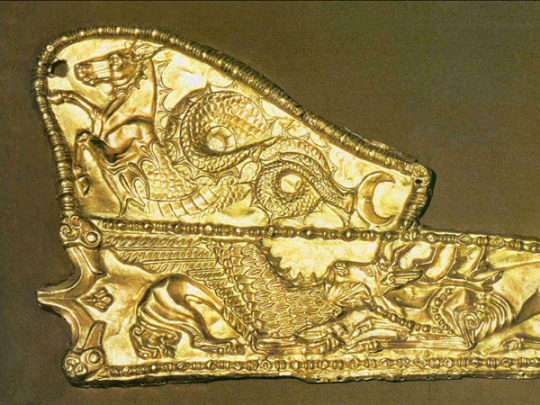
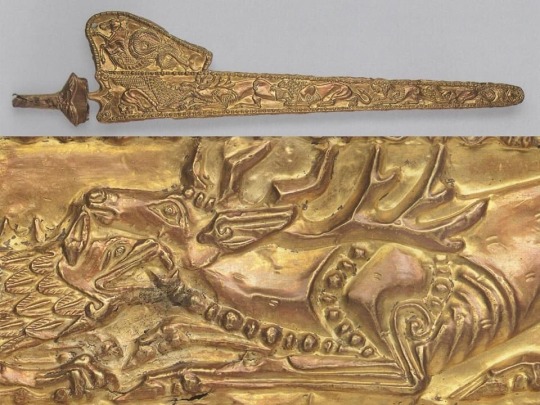
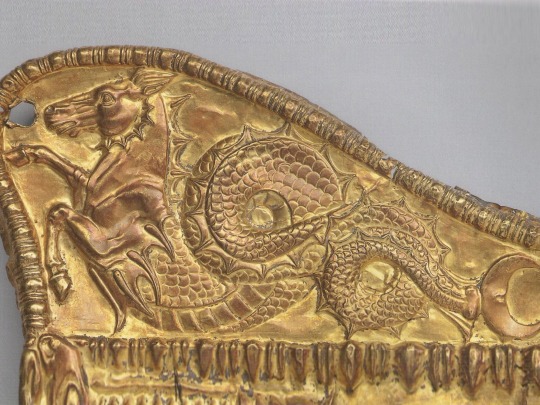
Scythian sword scabbard with hippocampus, griffin, and animals 4th C. BCE. Here is the figure caption from the Hermitage: Overlay for a sword scabbard, Created Scythian culture, 350 - 325 BCE. Place of finding: Dnieper region near Nikopol.
#scythian#scythian gold#scythian mythology#sword#scabbard#art#ancient art#ancient#pagan#paganism#antiquities#museums#artifacts#4th century bce
751 notes
·
View notes
Text

Hunting Sword with Scabbard, possibly Munich, Circa 1740
526 notes
·
View notes
Text


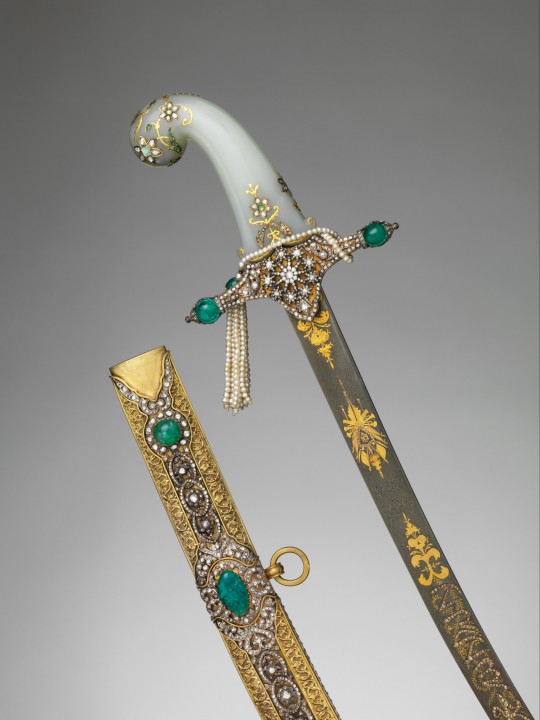

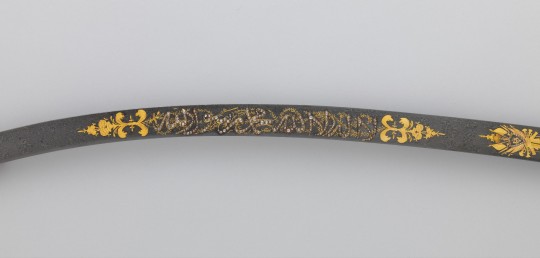
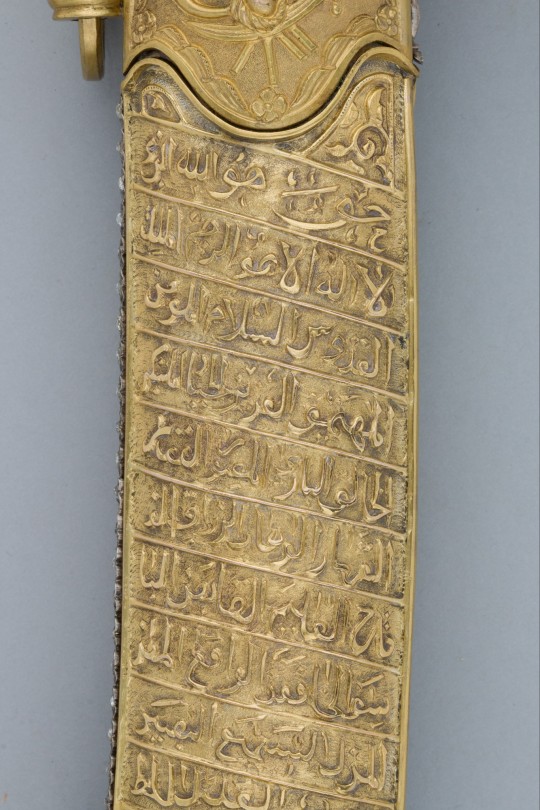

▪︎ Saber with Scabbard.
Date: grip, 18th or 19th century; guard and scabbard, 19th century; blade, dated A.H. 1099/1688 CE; decoration on blade, 19th century
Culture: grip, Indian; guard, scabbard, and decoration on blade, Turkish; blade, Iranian
Medium: Steel, gold, silver, jade (nephrite), diamonds, emeralds, pearls.
#18th century#19th century#19th century art#art#history#weaponry#weapon#saber#scabbard#saber with scabbard#india#turkey#iran#jade#emerald#pearl
180 notes
·
View notes
Text

Bloodletter Scabbard
25 notes
·
View notes
Text

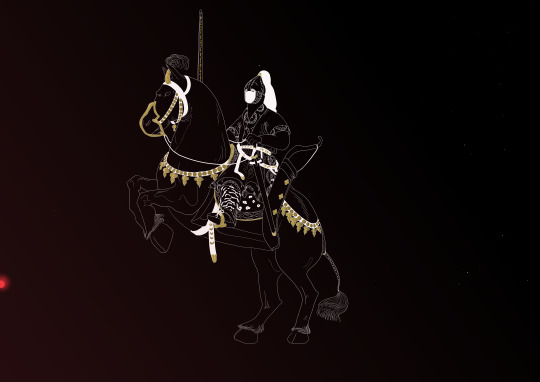
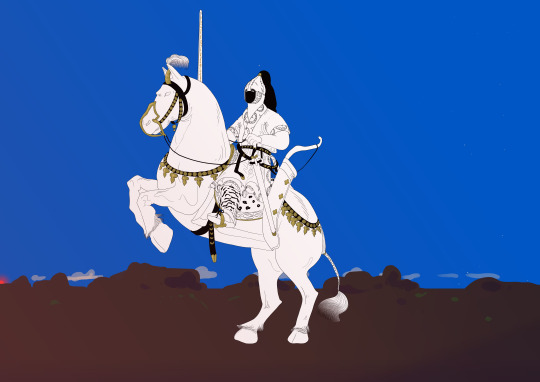
O the men are called horsemen (And I'm no horseman)
#my art#cavalry#sword#helmet#maille#horse#landscape#sunset#gilding#bow#scabbard#bridle#tacking#saddle
23 notes
·
View notes
Text



Sword (jian) and scabbard, probably made in the court workshops of the Yongle Ming Emperor. Chinese, Ming Dynasty, early 15th century.
The hilt is of gilt iron. The grip is of gibbous rectangular section, punched with small circles to imitate ray skin. Down the centre of the front is a raised spine bordered by tiny flames at either side.
The pommel is of trilobed form, bordered at the front and rear by bands of golden scrolls. The front panel of the pommel is chiselled and fretted with a dragon surrounded by interlacing flames, with triple claws on each paw. At the rear of the pommel, the central panel is decorated with a monster mask (kirtimukha), surmounted by a silvered crescent and golden disc, and with human hands, also surrounded by flames. At either side of the pommel are the Eight Buddhist Emblems of Good Augury (ba jixiang): the wheel of law (dharma), the standard, the treasure jar, the pair of fish, the endless knot, the lotus, the parasol and the conch shell of victory.
The guard is embossed in the form of a monster mask, surmounted by a silvered crescent and golden disc. The face is punched with circles, the canine teeth silvered, the eyebrows and whiskers chiselled and gilt. The horns are in the form of crab claws. At either side of the mouth is a paw in the form of a human hand. The head is surrounded by scrolling curls of mane. The rear of the guard is rendered as the underside of the jaw, with a set of silvered teeth, and a narrow beard running into a throat of alternate silvered and gilt bands.
The blade is associated but is probably a later replacement of Tibetan manufacture. It is formed of pattern-welded steel, of diamond section, straight and double edged. The pattern welding produces a mirrored pattern of addorsed crescents at either side of the medial ridge. The tang is of rectangular section, tapering towards the pommel, with a large expanded peg-hole towards the end. The edges have been ground and sharpened.
The scabbard is of wood covered in green stained leather and bound with gilt iron. At the throat is a V-shaped cut out at the front for seating the blade, and a scalloped cut-out in the leather to accommodate the guard. The throat retains traces of the scarlet silk with which it was lined. The iron binding comprises a long, facetted strip running all the way round either edge.
There are eight transverse bands at the rear, the uppermost and fourth of which are wider than the others, and extend round the front of the scabbard forming suspension loops. The edging strip has four main facets, with an additional narow facet at either side. It is decorated with scrollwork in gold running down each facet, and matching that on the pommel. At either end is a set of three golden lotus leaves.
The front panel is divided stylistically into upper and lower sections. The upper section is decorated quite plainly; a series of five beaded transverse bands divide it into six sections, and there are three vertical bands of fretted four-petalled rosettes in each section.
At the throat is a cusped section with a beaded border, below which is a band of flames. The ornate lower section has six smaller segments, divided vertically and horizontally by fretted 'vajras', each with a 'yinyang' symbol in the central knop. The half-'vajras' at either side emanate from the heads of lions, and the vertical bands of decoration at either side are formed by rows of flames.
Above and in the middle of these divisions are two square panels, each containing a cusped lozenge shaped central medallion, the corners decorated with interlacing flames. The uppermost of these two panels contains two dragons intertwined amid flames, with the heads at top right and bottom left; the lower has two similar dragons, with thicker bodies, and with their heads confronted at the left and right.
The chape section is decorated with a large panel of interlacing flames, within a beaded border. At the rear of the scabbard, the upper band is decorated with alternating gold and silver scrollwork, and terminates in a rosette at the front. The next two narrow bands are decorated with silver scrollwork only. The fourth is decorated at the rear like the top one, but is extended accross the front in a broad band; it is chiselled with four medallions decorated with gilt characters on silver grounds, and surrounded by interlacing gilt flames. The three lower bands are decorated in gold scrollwork.
The rear chape panel has a small, flat piece of rather coarse, scrolling interlace at the bottom, and narrow bands of petalled rosettes at either side.
A four character Tibetan inscription on the lower suspension loop reads 'khi'u ga ral gri' (honourific sharp sword).
China, 15th century (About 1420),
Leather, Ferrous, Gold, Silver, Semi-precious stone, Silk, Wood,
Dimensions:
Blade Length: 30 inches
Overall (sword) Length: 35 inches
Courtesy: Royal Armouries Museum, Leeds, United Kingdom
Sword (jian) and scabbard, probably made in the court workshops of the Yongle Ming Emperor. Chinese, Ming Dynasty, early 15th century.
#art#history#design#style#sculpture#silver#gold#semi precious stones#royal armouries#leeds#silk#wood#sword#jian#scabbard#ming#15th century#yongle#imperial
39 notes
·
View notes
Text
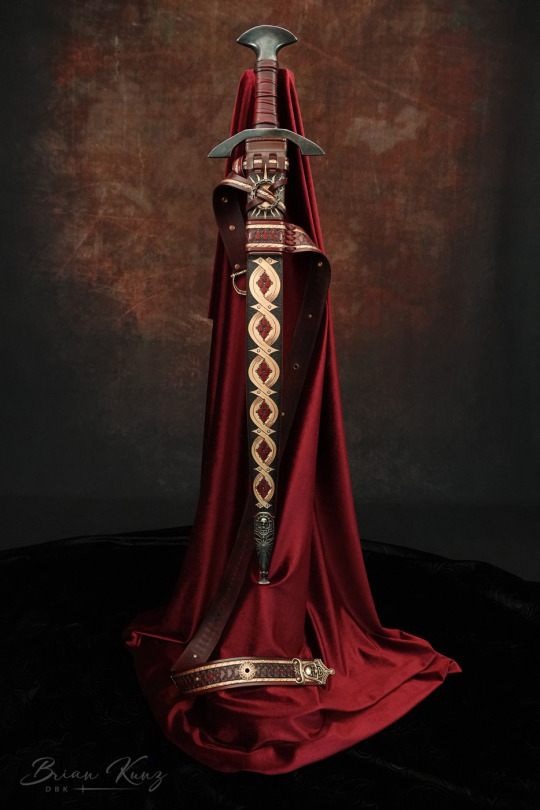
Presenting my latest build, for a sword made by the late Jody Samson, and commissioned by a very special client of mine. I absolutely loved this build, both for the sword, and the client.
685 notes
·
View notes
Text
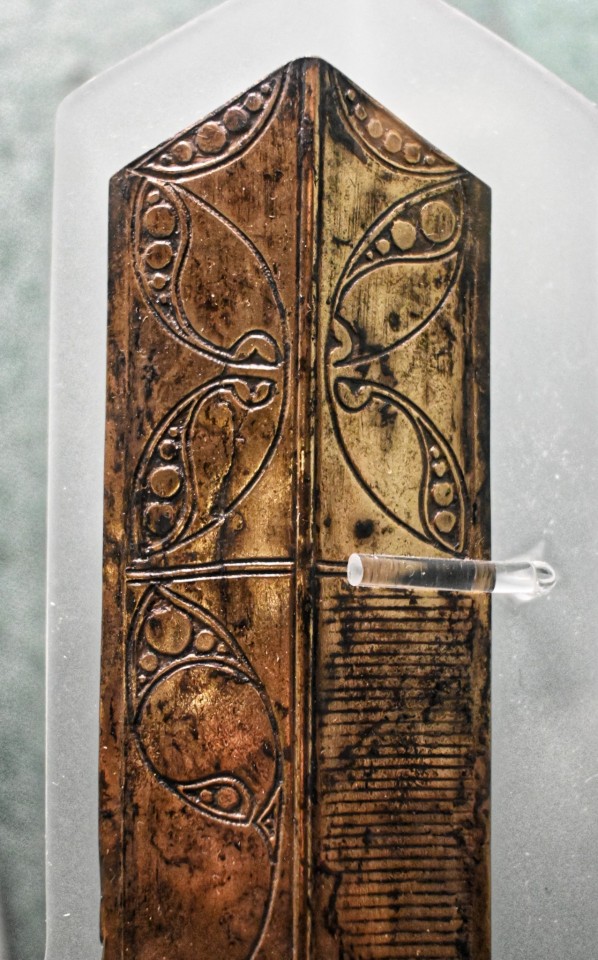







Bronze Sword Scabbard, likely 2nd Century BCE, Dredged from the River Trent, Hull and East Riding Museum, Hull, Yorkshire
#ice age#stone age#bronze age#copper age#iron age#neolithic#mesolithic#calcholithic#paleolithic#prehistoric#prehistory#scabbard#sword#ancient culture#ancient craft#ancient living#metalwork#archaeology#hull#yorkshire
114 notes
·
View notes
Photo

Dagger and scabbard, 1700s, Mughal India.
77 notes
·
View notes
Text
Spellblade's Scabbard



#griffon's saddlebag#spellblade's#scabbard#magic items#magic weapons#rare#sword#swords#spectral#weapons#conjuring#conjuration#storage
21 notes
·
View notes
Text


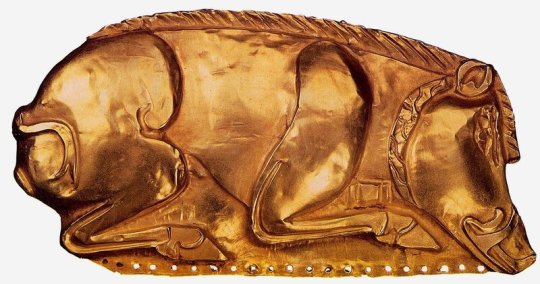
Scythian sword with boar plaque decoration 7th-4th C. BCE. Barrow near Oleksandrivka village, Dnipropetrovsk Oblast. The Museum of Historical Treasures of Ukraine, Kiev.
#scythian#scythian gold#sword#swords#scabbard#art#ancient art#ancient#antiquities#antiquity#museums#artifacts#7th century bce#4th century bce
577 notes
·
View notes